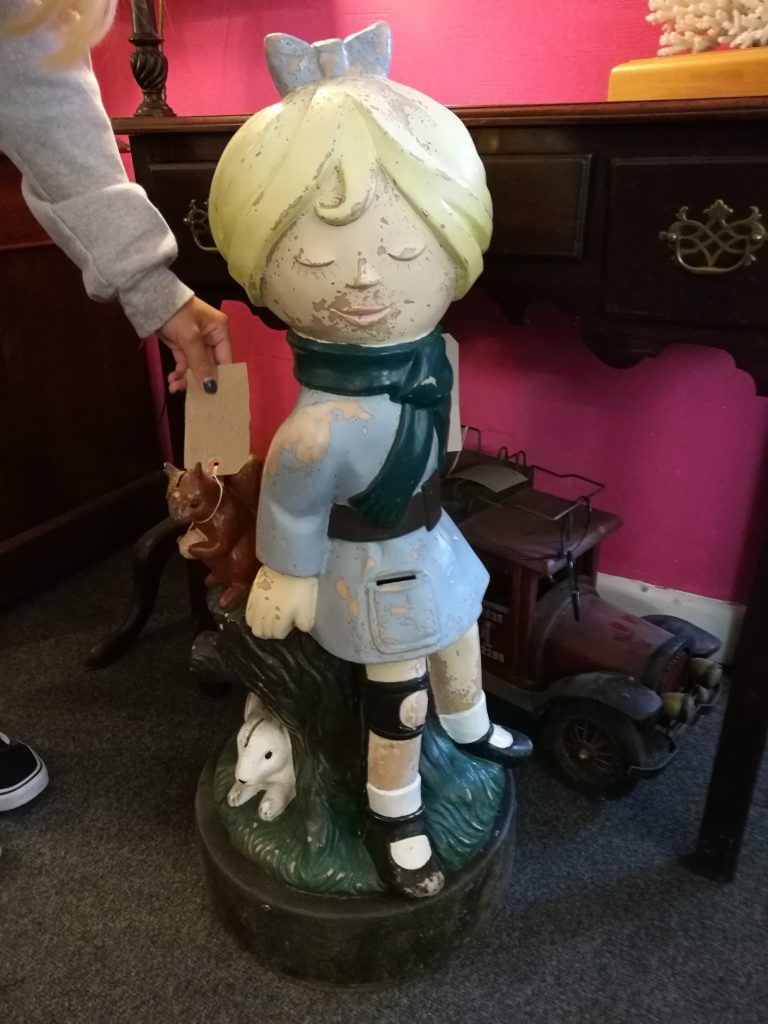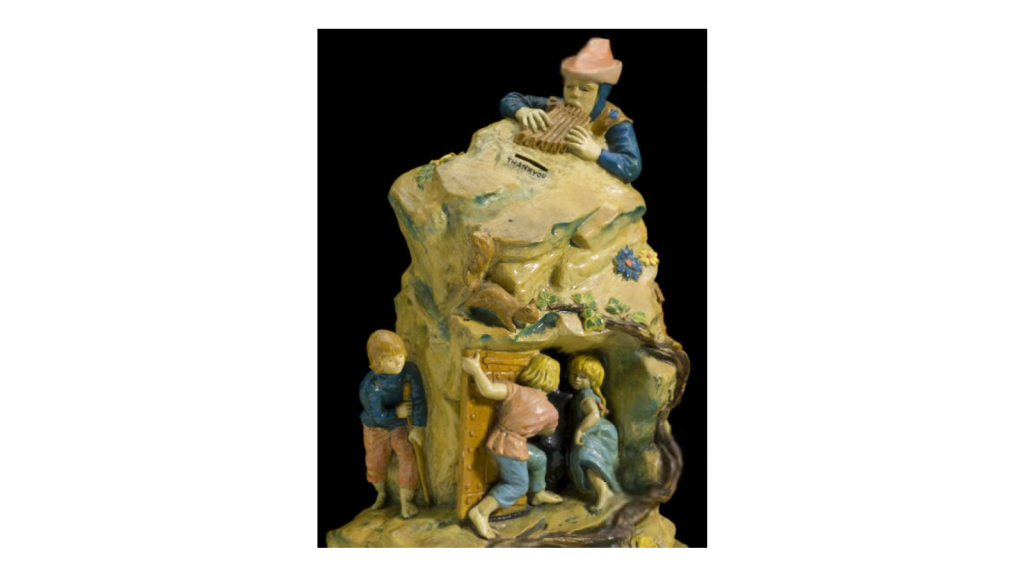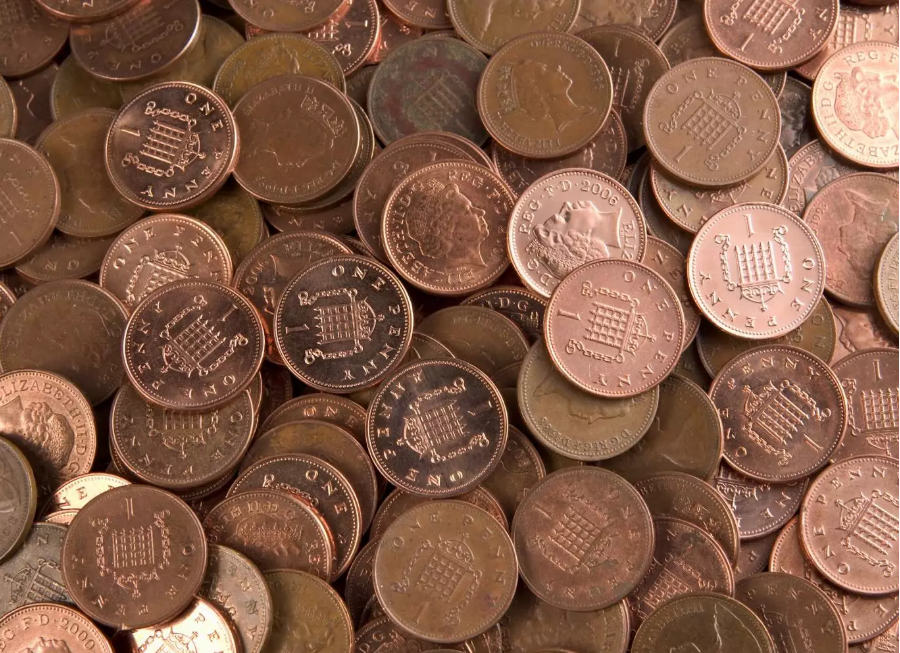As curators we are constantly on the lookout for new acquisitions. The Science Museum’s collection is constantly growing as we discover both historic and contemporary scientific and medical objects. Sometimes people donate their belongings to us, other times we purchase them, and occasionally we find them by sheer luck.
Natasha McEnroe, the Keeper of Medicine at the Science Museum, always has a keen eye for historical objects. While holidaying in Dorset this summer, she saw this charity collection box for sale in an antique shop, and felt it could be a valuable addition to the collection.
However, before we can add anything to the collection, it is really important that we find out as much as we can about an object’s history, including its previous owners, to ensure that we can legally, and ethically, acquire it.

A common sight on British streets throughout the 50s, 60s, and 70s, collection boxes like this one raised money for many different charities.
The first challenge was identifying which charity this box belonged to. Though it had a label, it has since been lost. As the child is wearing a calliper (a leg brace) we expected her to be from a charity that supported children with polio and cerebral palsy, conditions that were often associated with callipers.
We narrowed it down to either Scope or Action, two children’s charities established in the 1950s. After contacting both organisations, Scope confirmed that it was one of their historic collection boxes, though they were unsure of how it came to be in an antique shop. They were kind enough to share the object’s unique history with me.
The girl depicted on the box was called Debra, and she was placed in high streets and outside of shops in the 1970s. She collected money from generous passers-by for Scope, a charity formed in 1952 by three parents of children with cerebral palsy.
Prior to the creation of Debra, many collection boxes were designed to appear realistic and lifelike to promote charitable giving. The most famous example is the collection box that Damien Hirst modelled his ‘Charity’ statue on.
Debra was different. She was designed in a cartoon like style, which signifies a time of changing attitudes towards disability.
Nowadays these boxes are (mostly) a thing of the past. This is due to the work of Valerie Lang, a Trustee of Scope. She was elected in 1979 and made it her mission to
“to get rid of the collecting dolls that the Society had, standing outside shops… [because] they made very little in the way of profit, because people had to go round and empty these boxes, but my main contention was that in an era when the Society was attempting to foster independence, and although I don’t think it was then talking in terms of ‘equality’, it was talking in terms of people having a place in society, and I thought the image of a begging child was not conducive to asking for independence, and a place in society. And to me the awful thing was that each of these dolls, they tended to have callipers on and drooping heads, and outstretched hands, and they were designed to evoke pity, and I thought the day of pity should have gone.”
The Science Museum’s collection doesn’t contain many similar collection boxes, but we do have one from the 1950s that shows a scene from the Pied Piper of Hamelin, created by Action.

In the famous folktale there were 3 children who were unable to keep up with the Piper which, depending on the version you are hearing, may have ultimately saved their lives. One of them is pictured on the left-hand side of the box, just behind the other children. He can’t match pace with the others and is left behind.

Debra will soon arrive in the conservation lab where our team will check and stabilise her condition. Time has not been kind to her, but we think that the damage to the paintwork around the coin-slots will help us tell her story. She will then become a part of the Science Museum Group Collection and be used to inform our exhibitions, research, and events.
Do you remember Debra? Share your stories with us.
